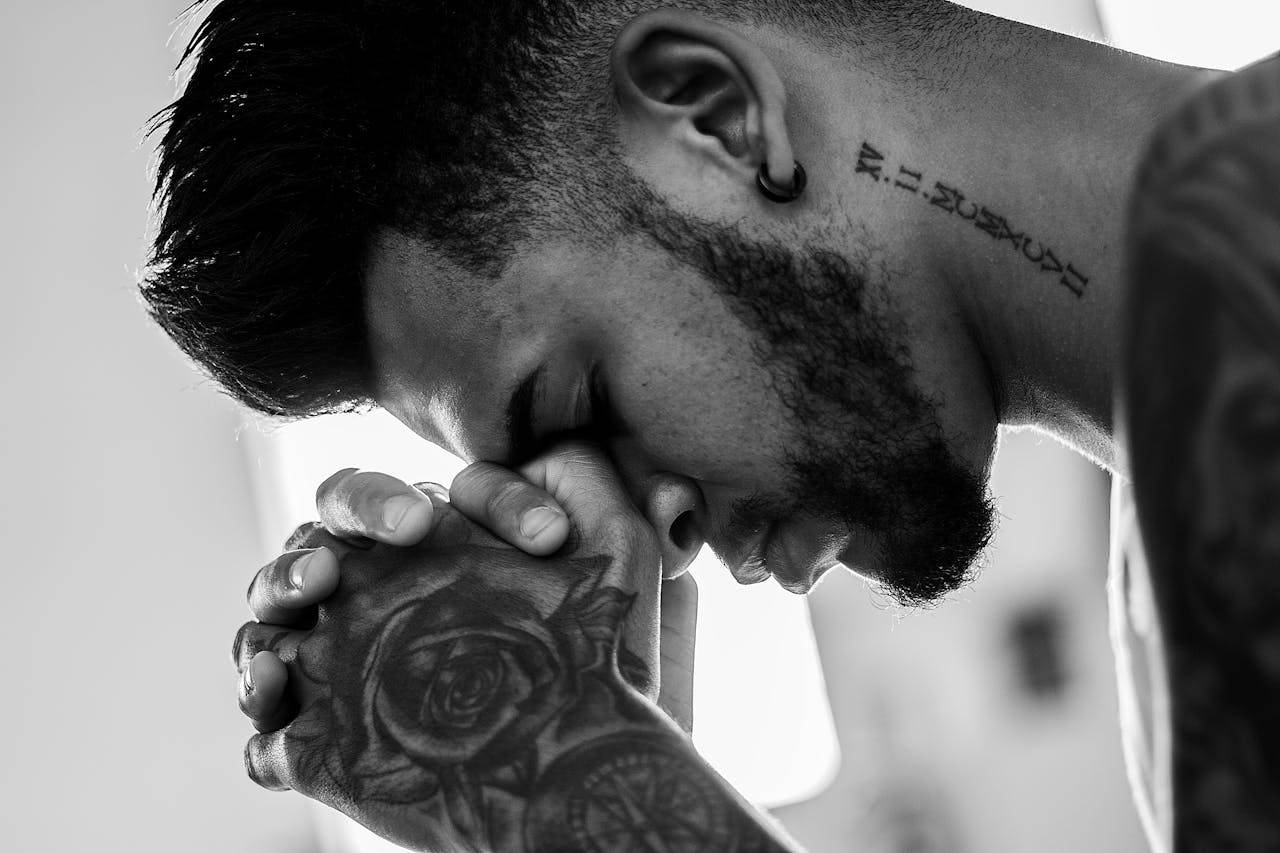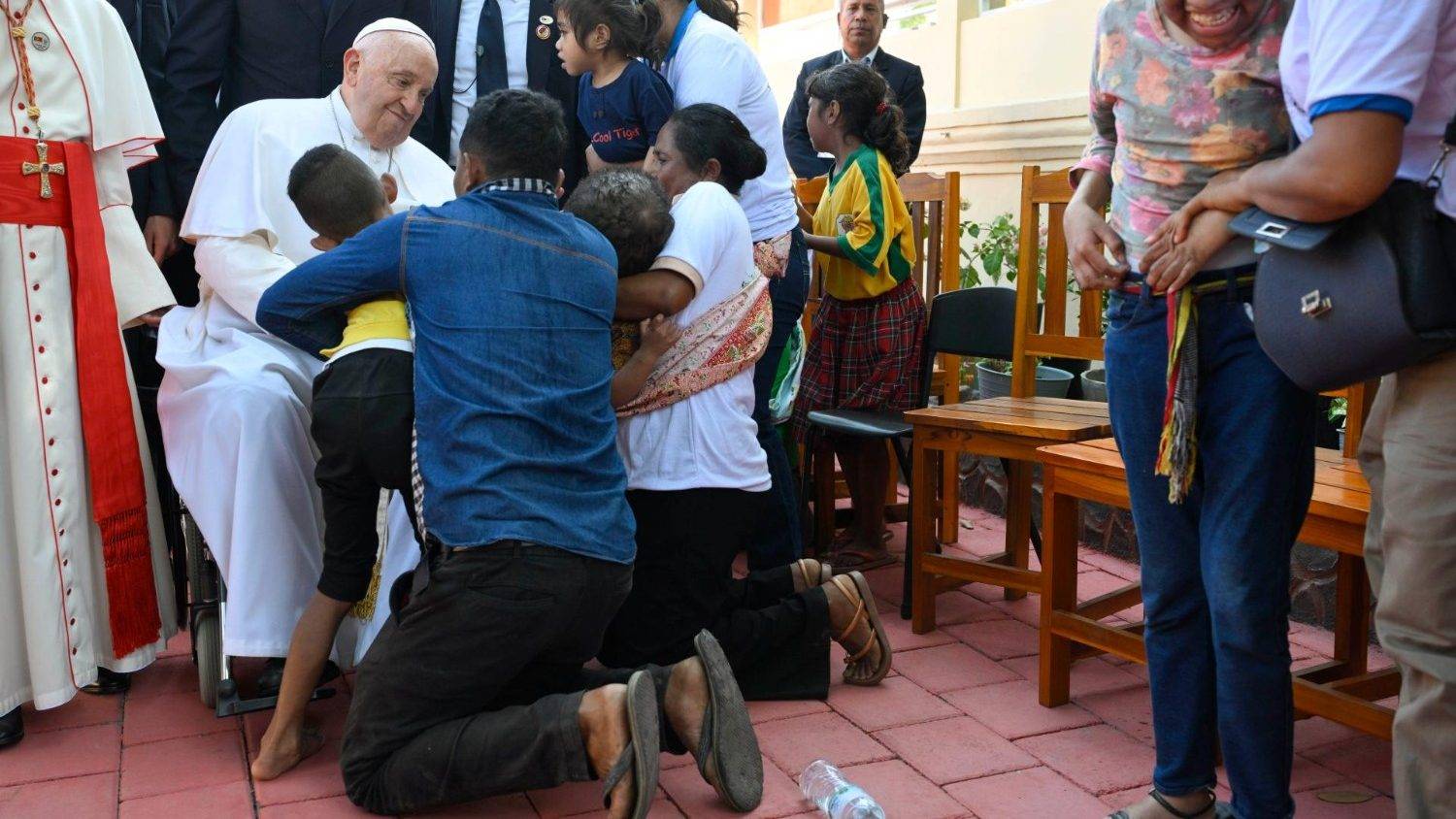ROME – When Pope Francis encourages the Church to reach out to the peripheries, he probably doesn’t have in mind the sparkling, fleeting and tailored world of fashion. Yet haute couture and religion will marry this spring in New York, with a major exhibit aimed at celebrating the Catholic imagination in the world of fashion.
More than 40 religious masterworks from the Sistine Chapel sacristy, some of which have never before left the walls of Vatican City, will be presented at the Metropolitan Museum of Art May 10 through October 8. These historic artifacts, including towering papal tiaras, hand-sewn vestments and gilded rings will also be the centerpiece of the MET Gala, a highly anticipated yearly fashion event featuring starlets, designers and trend setters, which will take place May 7.
The theme of the ball is “Heavenly Bodies: Fashion and the Catholic Imagination,” and high-profile guests are invited to dress in accordance, assembling an outfit that somehow reflects the intersection of fashion and faith.
Past themes, such as technology in 2016 and Comme de Garçon design in 2017, have not been strictly adhered to, but the opportunity to reinterpret, draw inspiration from – even, perhaps, to ridicule Catholic imagery – might be too hard for these fashion mavens to resist.
For anyone who dabbles in the entertainment industry, from music videos to blockbuster films, references to Catholicism and especially the Holy Family are hard to miss, and few would fall under the category of “respectful reverence.” Drawing on past examples, it’s not impossible to anticipate provocateurs such as Madonna, Lady Gaga or Niki Minaj taking the opportunity given by the Met Ball to push the envelope.
“I want [red-carpet guests] to understand the importance of the exhibition,” said Anna Wintour, editor-and-chief of Vogue and co-Chair of the Met gala during a news conference in Rome Feb. 26 featuring some of the religious art that will be exhibited at the Met.
“Of course, the party is always fun, and it’s great to see what everyone is wearing, but [it serves] to put the spotlight on the exhibition,” she added.
Italian Cardinal Gianfranco Ravasi, President of the Vatican’s Pontifical Council for Culture, which collaborated with the Met event organizers and museum curators, has taken into account that some participants might not be fully respectful of Catholic tradition in this venue.
In an interview with Crux he recognized that this “negative, banal, superficial” aspect should not be taken lightly, and compared it to when children do things only to provoke their parents “in order to create a little stir in society and grab attention.”
The cardinal offered three arguments to suggest that the gains in terms of evangelization through involving the Church in something like the MET Gala far outnumber the risk that someone might take the chance to deliver a low blow.
First, he noted that there is a “paradoxically positive” effect from such exposure, deriving from the fact that only when people recognize the importance of a symbol do they feel the need to desecrate it.
“Who would ever desecrate Julius Caesar [today]? Or the Roman Empire? The figure of Christ and religious symbols, especially Christian, are still so powerful that there is almost a need to target them,” Ravasi said. “In this, one recognizes their greatness.”
He referred to the life of Christ to deliver his second point, saying that Jesus, after all, “was systemically in bad company,” from rich publicans to prostitutes, dismissing critics who perceive the fashion world to be too temporal or superficial to be an appropriate setting for the divine.
He stated that it’s in “the DNA of Christianity” to reach out to all aspects of society, while always keeping in mind its own identity.
Ravasi’s third point pivoted on the letter of St. Paul to the Thessalonians, calling faithful to “test everything; keep what is beautiful/good.” According to the prelate, the Church should be unafraid to go outside itself, even if it means being exposed to scorn or ridicule.
“I think that being present in every place, as Paul said, is typical of Christianity,” he said, “even going to the frontiers, and not closing oneself in one’s own protected oasis, as a certain type of Christianity does, which fears what lies beyond.”
Yet just being there is not enough, Ravasi said — the Church must also seek to provoke and to offer witness. That point raises the question of whether the vestments and papal regalia exposed at the Met will be sufficient to provoke a spiritual stirring in beholders, or only be the subject of superficial reactions.
“Some might consider fashion to be an unfitting or unseemly medium by which to engage with ideas about the sacred or the divine,” said Andrew Bolton, head curator of the Metropolitan Museums of Art’s Costume Institute, during the Rome presser.
Yet, Bolton added, both are “inherently performative” if one compares the ritual of runway shows to religious processions and liturgy, and both utilize a “visual language” that shapes people’s identity.
No doubt religion, and Catholicism in particular, has been successful through the centuries in drawing crowds though art and beauty, with the sumptuousness and elegance of liturgy playing no small role. Some of the most relevant examples of artistic beauty in the Western world were only possible thanks to the patronage and influence of the Church.
But unlike fashion, where beauty is an end in itself and often idolatrized, the Catholic Church has always perceived beauty never as a goal, but as a means to interpreting the divine.
Keeping this in mind, Pope Benedict XVI inaugurated the Via Pulchritudinis, Road of Beauty, an exposition featuring events, art and music aimed at celebrating the power that beauty has in terms of evangelization. Pope Francis has reinforced this idea by describing beauty as a “privileged route to getting closer to the Mystery of God.”
The last time the Vatican sent a such large display of its treasured art to the Met, in 1983, it became the third most viewed exhibit in the museum’s history, and organizers say the upcoming event could prove just as successful. The religious garments and paraphernalia will be placed “in dialogue” with Medieval artwork and the show will include more than 140 pieces from fashion power-houses such as Dolce & Gabbana, Valentino, Chanel and Versace.
Donatella Versace, pop singer Rihanna and humanitarian lawyer and activist Amal Clooney will be hosting the event.
According to Bolton, the most precious Vatican piece will be a papal tiara donated by Queen Isabel II of Spain to Pope Pius IX in the 19th century, and covered in 19,000 precious stones, of which 18,000 are diamonds.
This glittering display will be showcased at fashion’s most extravagant night out – ironically enough, at a time when pomp and magnificence are rather out of fashion at the Vatican.
Francis has made a significant push for a “poor Church for the poor,” and makes a point of spurning fancy vestments. One does not need to be the fashion police to notice that his cassock is ill-fitting, his shoes are either black or brown, and in the past even his sleeves were unthreaded. To some extent, this “dressing down” trend was embraced by other members of the Church hierarchy, making it hard even for seasoned journalists to recognize a cardinal in a crowd if he’s not wearing the usual tells.
“All fashion, including sacred fashion, follows the historical context and evolves,” said Ravasi. “Now, in a context of sobriety and even, some might say, crisis, the Church must keep its vestments, but the vestments must be sober.”
But the erudite cardinal sees no contradiction between the glitzy Met exhibit and this pontificate’s understated fashion approach, which he considers a “necessary evolution.”
“Unfortunately, there are some movements that still want to celebrate with all the vestments – so do I in certain occasions – and who want to recover the past and still want all of these rituals,” Ravasi said. “In a way these people are out of history, as well as out of the liturgy. Because liturgy, as the Word says, is the work of the people. As such it must reflect the times, and the current time is that of sobriety and simplicity.”
Detractors and supporters alike may argue on whether the MET Gala and exhibit are an appropriate venue for the Church’s mighty and sacred art. But while Catholicism and fashion undeniably make strange bedfellows, they certainly have one thing in common: Both can put on a great show!
















